In previous years, the Silurian Tonoloway, Wills Creek, and Williamsport formations have been observed as distinct mapping units, and, farther north, along the West Virginia/Virginia border, the Silurian McKenzie and Keefer formations are differentiable. However, heavy vegetation and soil cover along with limited exposure hamper the delineation of all formation contacts except for the most resistant units. For the current mapping project, the Tonoloway, Wills Creek, and Williamsport were mapped as a single unit; the McKenzie and Keefer were also treated as a single unit.

GEOCHEMICAL ANALYSES
Geologists collected a total of 28 bedrock samples for geochemical analysis during the field season. These analytical results are included with results from past year's STATEMAP projects in a geochemical database available as West Virginia Geological Survey
Report of Investigations RI-34 (McDowell, 2001 with ongoing updates). More than one thousand samples have been collected to date and analyzed for 50 elements (Au, Ag, As, Ba, Br, Ca, Co, Cr, Cs, Fe, Hf, Hg, Ir, Mo, Na, Ni, Rb, Sb, Sc, Se, Sn, Sr, Ta, Th, U, W, Zn, La, Ce, Nd, Sm, Eu, Tb, Yb, Lu, Cu, Pb, Mn, Cd, Bi, V, P, Mg, Ti, Al, K, Y, Be, S, and Li). Summary statistics are included with data. The database spreadsheet and GIS shapefile of the database are available
here.

REFERENCES CITED
Cannon, W.F., S.H.B. Clark , F.G. Lesure, M.E. Hinkle, R.L. Paylor, H.M. King, C.M. Simard, K.C., Ashton, and J.S. Kite, 1994, Mineral resources of West Virginia: U.S. Geological Survey Miscellaneous Investigations Series MAP I-2364-A, 14 p., 1 map sheet 1:500,000 scale. More publication information is
here.
Grimsley, G., 1909, Iron Ores, Salt, and Sandstones, Volume 4: West Virginia Geological and Economic Survey, 603 p. More publication information is
here.
Kulander, B. and Dean, S., 1978, Gravity, Magnetics, and Structure: Allegheny Plateau/Western Valley and Ridge in West Virginia and Adjacent States: West Virginia Geological and Economic Survey Report of Investigations RI-27, 91 p. More publication information is
here.
McDowell, R., compiler, 2001 with ongoing updates, Stratigraphic Geochemical Database for Portions of Pendleton, County, West Virginia
and Adjacent Virginia Counties, covering portions of Pendleton Co., WV, Highland Co. VA, and Augusta Co., VA: West
Virginia Geological and Economic Survey, Report of Investigations RI-34, data file. More publication information is
here.
Reeves, Frank, 1942, Summary of Recent Prospecting for Manganese and Iron Ores in Southeastern West Virginia: West Virginia Geological and Economic Survey, Bulletin 6, 50 p. More publication information is
here.

PHOTOGRAPHIC CREDIT
Ronald McDowell

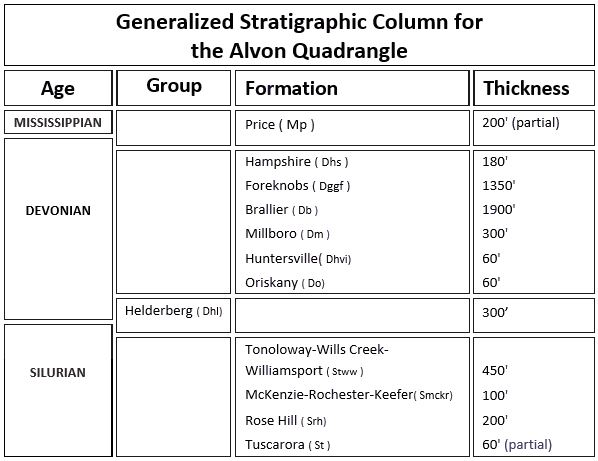

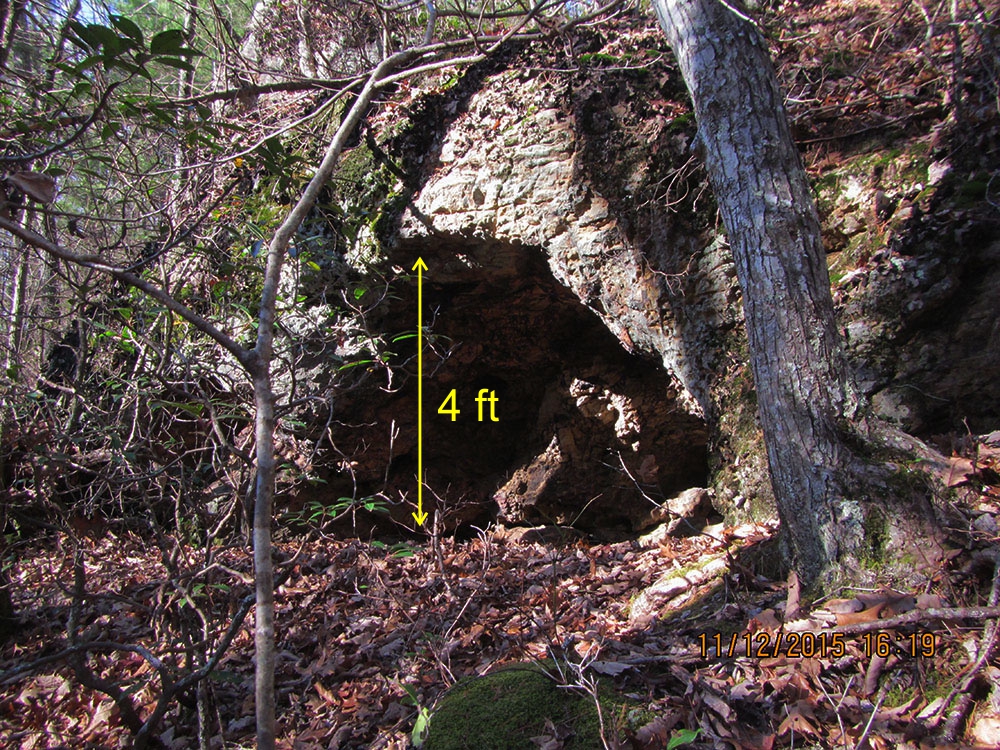
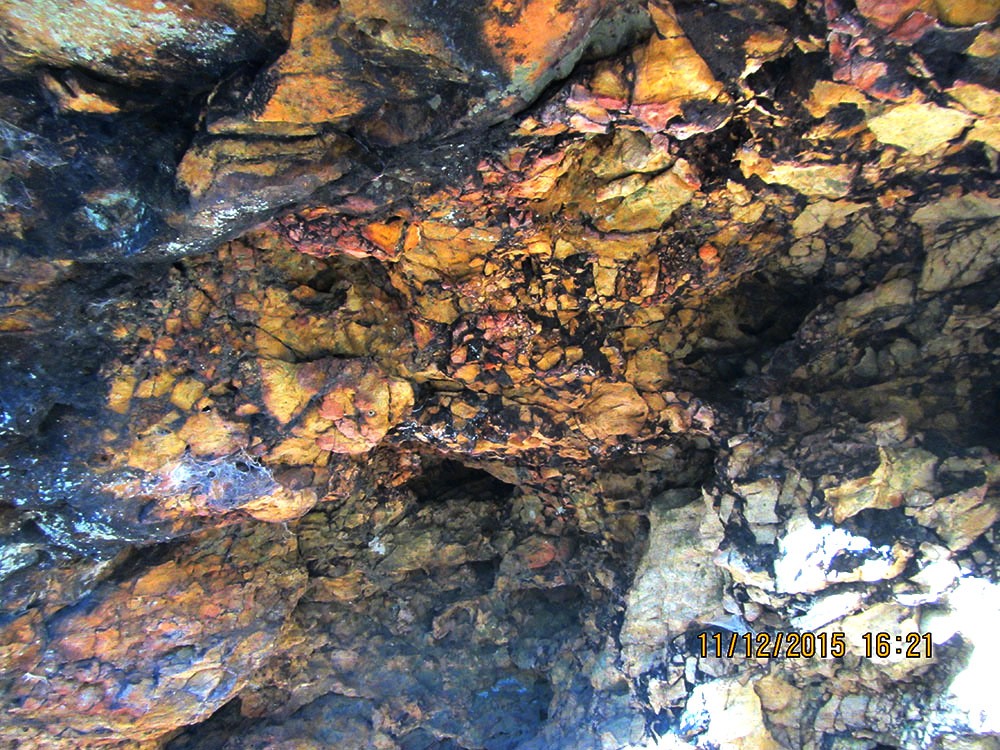
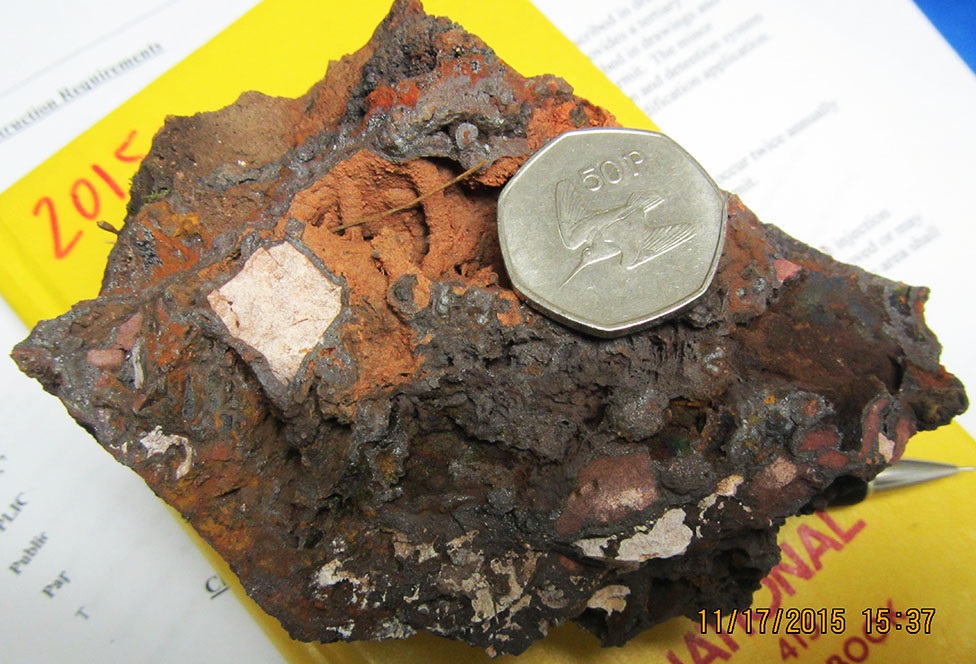
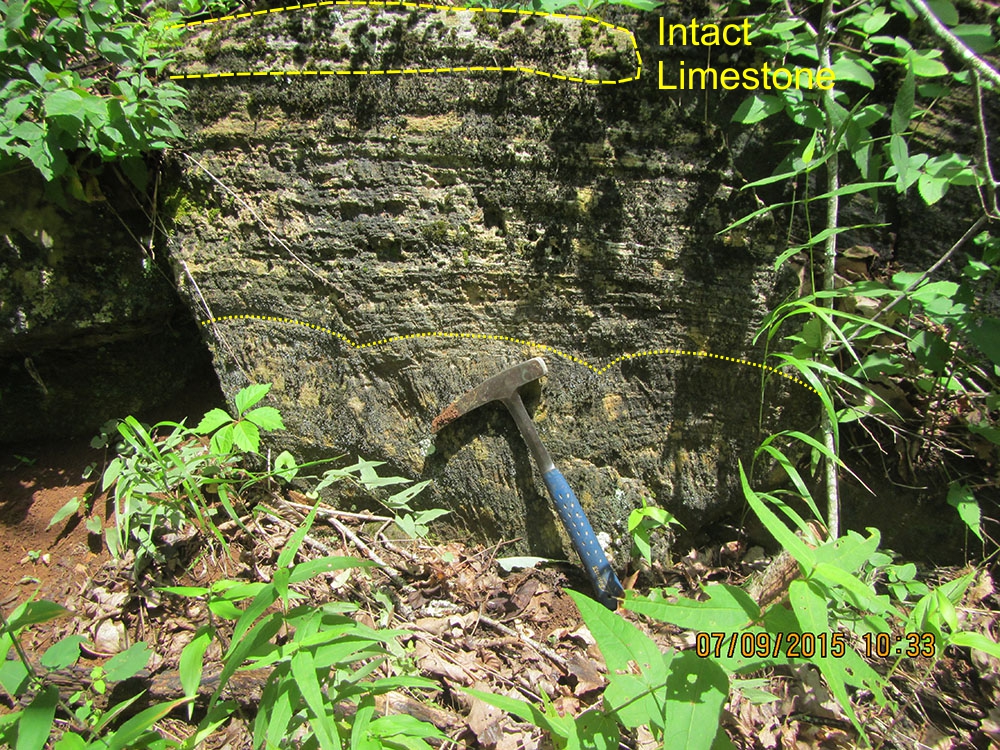 Evidence of paleokarst in the Silurian Wills Creek Formation. Outcrop shows a formerly aragonitic (CaCO3 travertine deposit evidenced by the radial structures at the base. All has been replaced by calcite. A fragment of the original limestone is present at the top of the outcrop; rock hammer for scale. Location: Beaver Lick Mountain, Monongahela National Forest, Greenbrier Co., WV. (Click to enlarge.)
Evidence of paleokarst in the Silurian Wills Creek Formation. Outcrop shows a formerly aragonitic (CaCO3 travertine deposit evidenced by the radial structures at the base. All has been replaced by calcite. A fragment of the original limestone is present at the top of the outcrop; rock hammer for scale. Location: Beaver Lick Mountain, Monongahela National Forest, Greenbrier Co., WV. (Click to enlarge.)
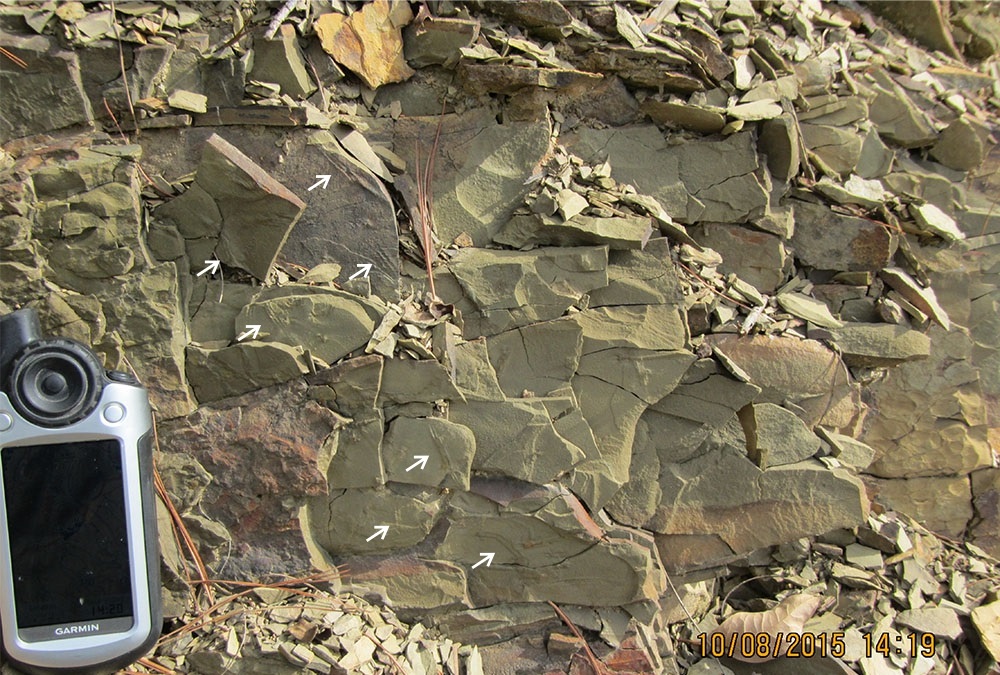
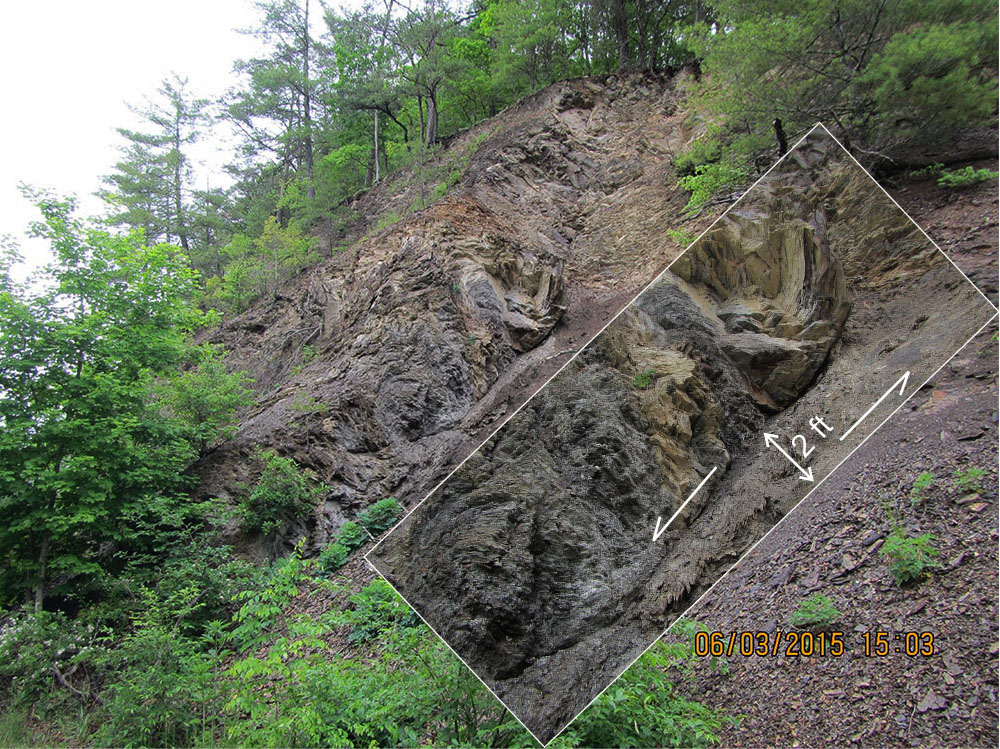
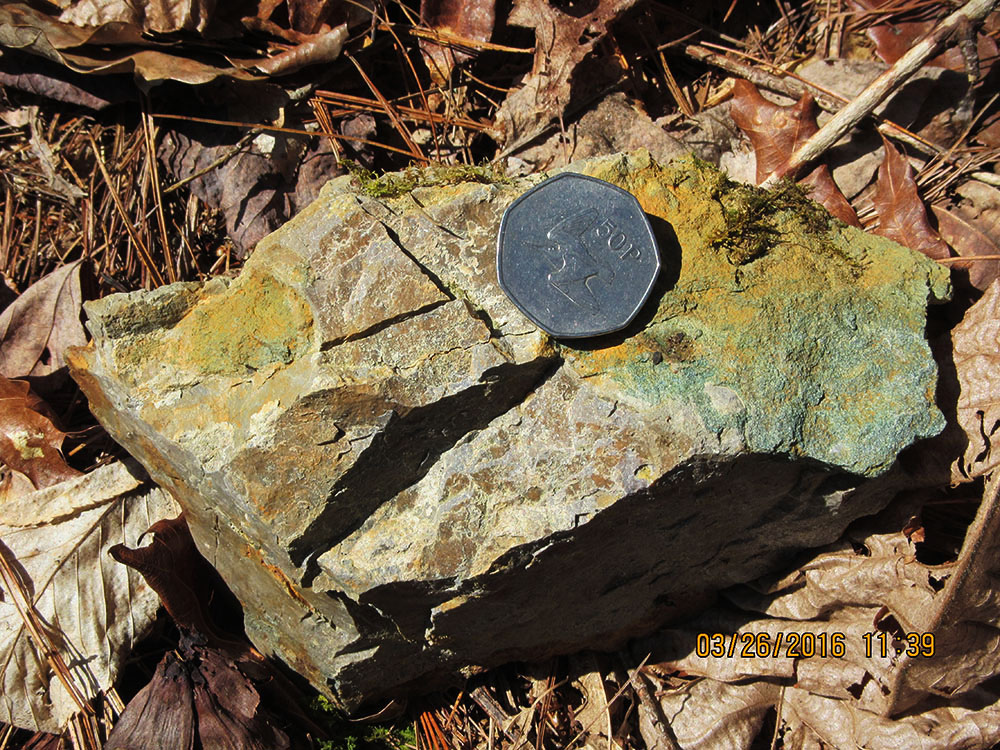
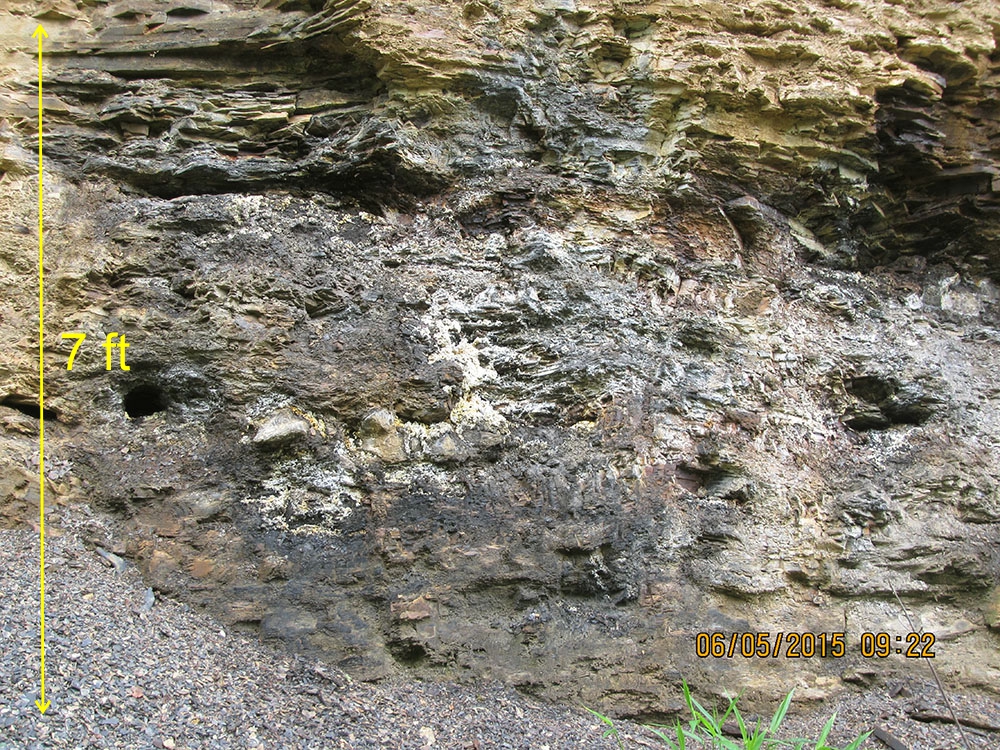
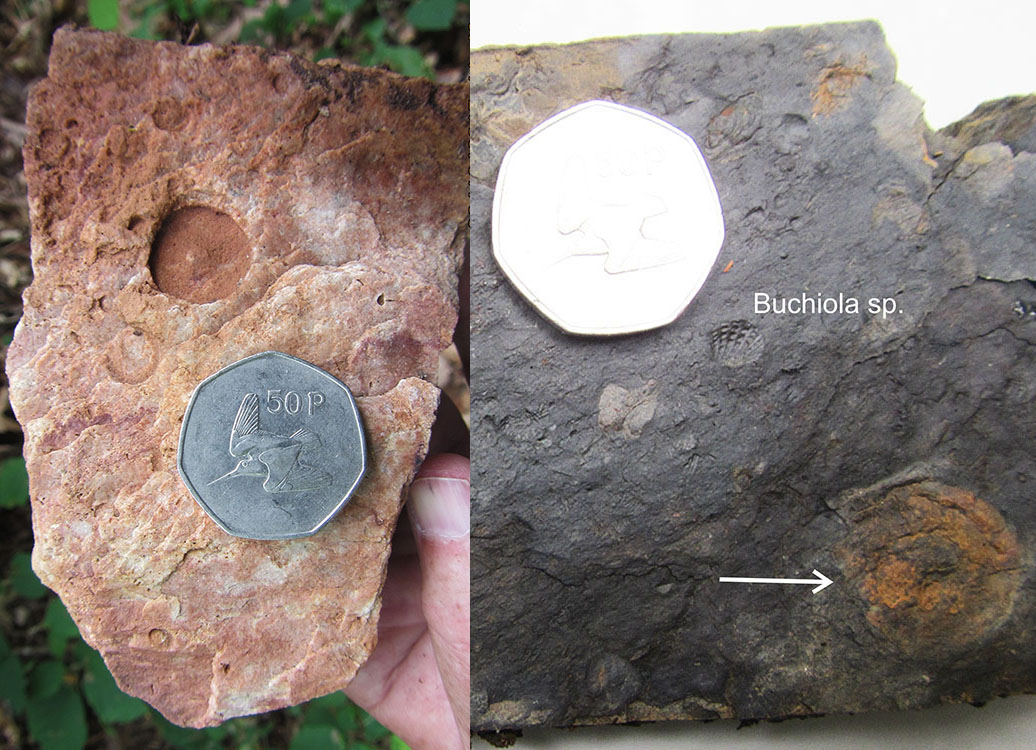
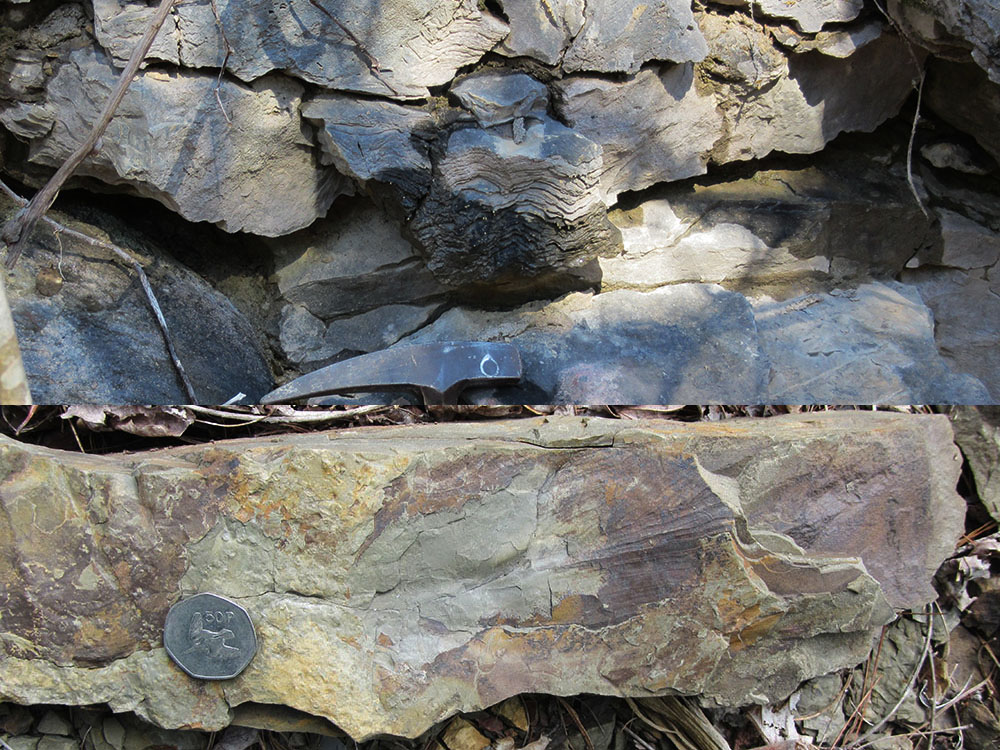
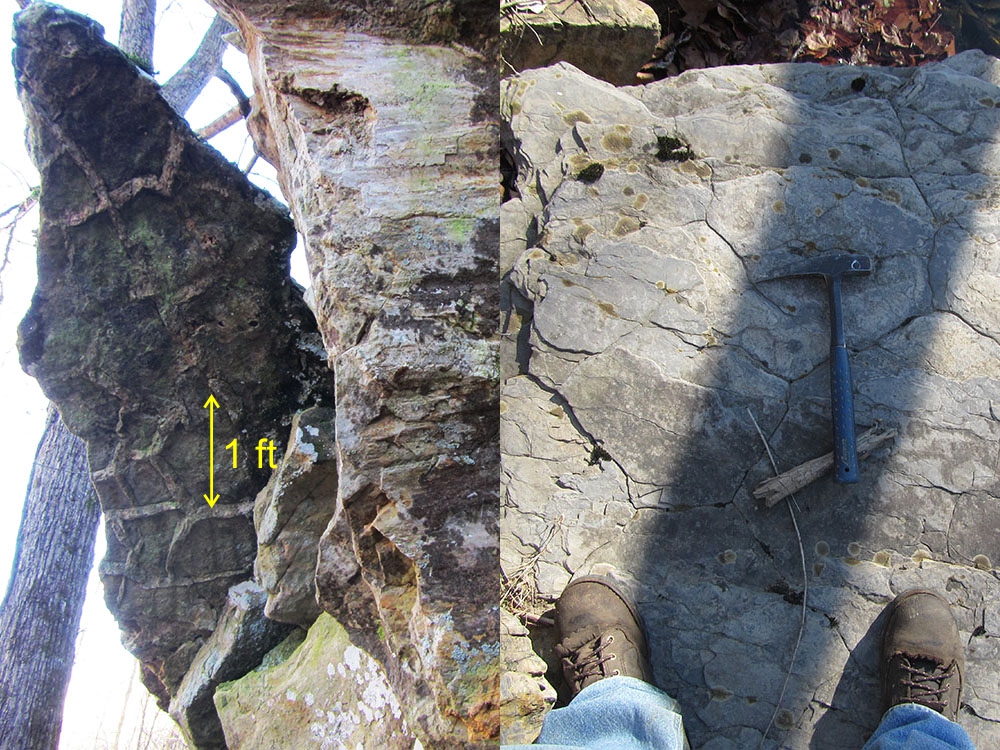




 WV Geological & Economic Survey
WV Geological & Economic Survey